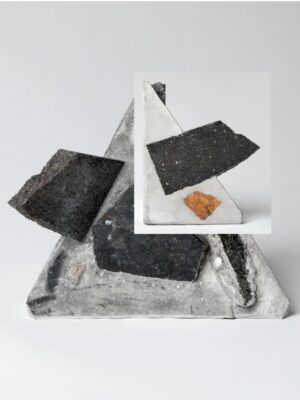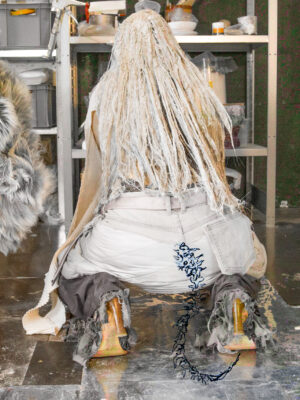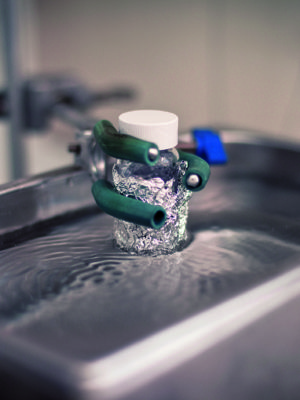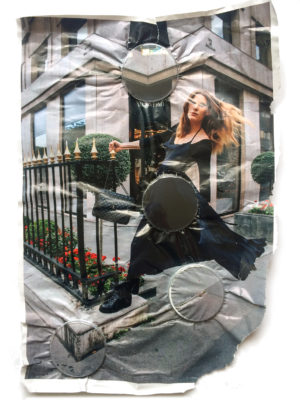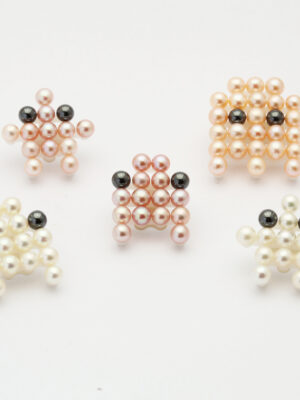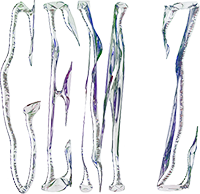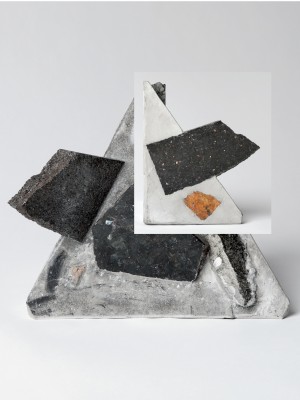
Current Obsession: Chaos + Order = Polarity Your individual work is very different: Chen is experimenting with expanding foam + spandex and creating sculptural pieces, where the functionality is not a priority. Kai is creating very clean woodwork, sharp-edged CNC carved pieces. Together you produce a new aesthetic that no single person can contain. Can you comment on how you see the future and your collaboration?
Kai Williams: I think we both share a love of materials and a devilish impulse. We have differing aesthetics, but I think a team with similar aesthetics would be poor designers. There has to be some fight to get something interesting. In collaboration one person has to lead, the other complements and then they need take turns.
Chen Chen: The reason our collaboration works is that no matter the aesthetic, we are true to the materials and the process. Our design is in the process. Kai’s CNC stools are designed specifically to maximize the number of components one sheet of plywood can yield. It’s about efficiency. My Swell vases are also about efficiency. They are made by taking a netted spandex bag and spraying foam into it. A simple process that takes one minute but yields an extremely complex form.
CO: What are the aesthetics of the future?
KW: The ‘styles’ are a lie. Style is a unity of principle animating all the work of an epoch, the result of a state of mind, which has its own special character. Our own epoch is determining, day by day, Its own style. Our eyes, unhappily, are unable yet to discern it. — Le Corbusier. The aesthetics of the future are a lie. Design for the present and any stylistic generalizations come in hindsight.
CC: Whatever the era, good design is true to the process and is not frivolous. Form follows process.
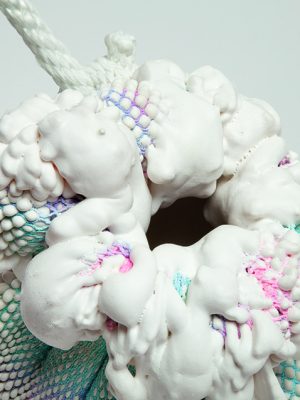
CO: What are the tools and means of the future?
KW: Practically we are very low-tech designers. We were taking apart an airplane seat recently and were blown away by the tight mechanics and aluminum extrusions and stamping. I’m guessing that the chair was built 20 years ago from a general design that is over 50 years old. It is still from a level design technology that is beyond our reach.
The tools of the future are inaccessible to us now but that’s not a problem because there are infinite ways to combine the tools that we have now.
CC: When those words ‘tools and means of the future’ come up, I think most people will think of rapid prototyping, CNC milling, waterjet cutting and the like. Those production methods will become more ubiquitous in the near future but the core technology has been around for decades. The only change is that all these methods have become cheaper and are just now entering the public consciousness.
I don’t dare make predictions, I don’t think anyone has that kind of foresight. I remember when I was in school a futurist was invited to lecture. He told us that in 3-5 years all packaging and t-shirts would have motion graphics. He didn’t say a thing about touchscreen technology.
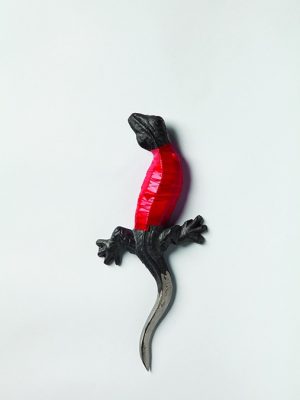
CO: What was your biggest investment in the future?
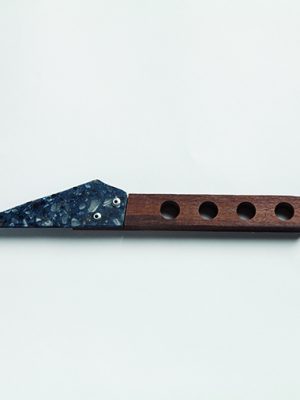
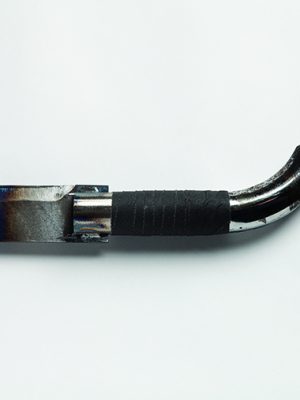
KW: Openness to change. You have to be willing to give up the past to move into the future. I’m giving up a CNC router so that the space can grow into something else.*
* In 2008 Kai Williams bought a 27,000-pound CNC machine he believed to be the largest in Brooklyn. The machine required data to be run through three different computers, each of them at least 15 years old.
CC: This partnership is a big investment.
This article was first published in the #1 Archetype Issue of Current Obsession Magazine, 2013
